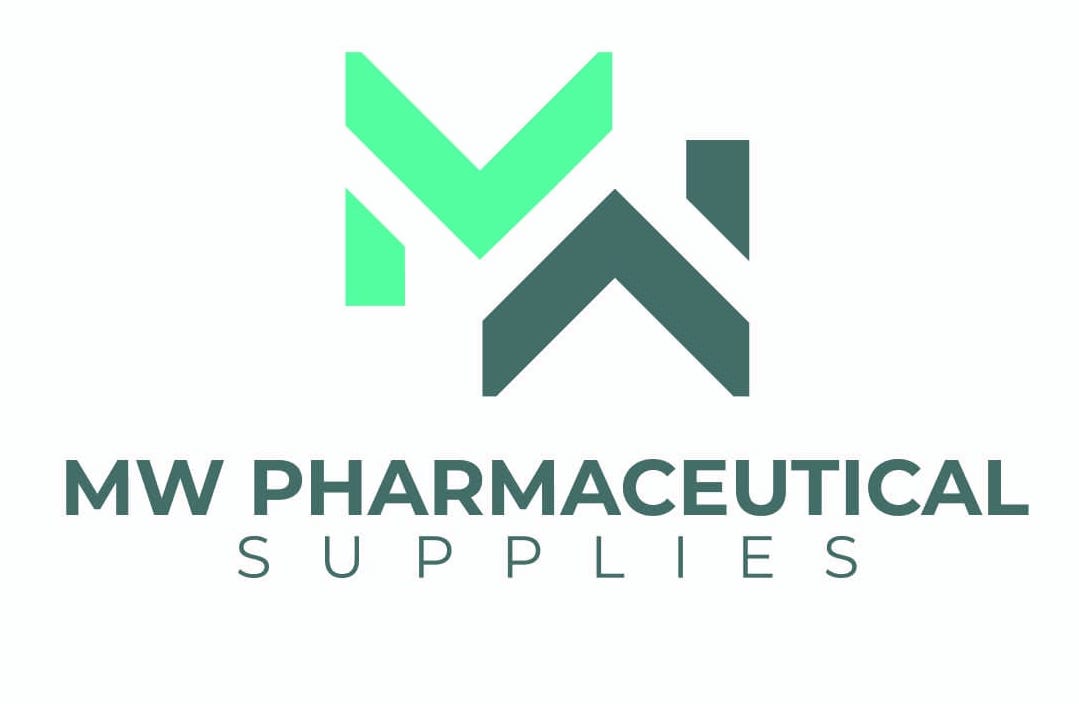The outbreak of the COVID-19 pandemic has undeniably put immense pressure on global healthcare systems, exposing vulnerabilities in medical supply chain management. As the world grappled with the unprecedented demand for medical supplies, the pandemic served as a wake-up call, prompting a radical transformation in the way medical supply chains are managed. In this blog post, we explore how COVID-19 reshaped the landscape of medical supply chain management and the crucial lessons learned.
-
Agility and Flexibility: The pandemic highlighted the need for supply chains to be agile and flexible. Traditional linear supply chains faced disruptions due to transportation restrictions and sudden surges in demand. As a result, many healthcare organizations shifted towards more resilient, multi-sourced supply chains that allowed them to quickly adapt to changing conditions and ensure a steady flow of critical medical supplies.
-
Embracing Technology and Data Analytics: COVID-19 accelerated the adoption of technology and data analytics in supply chain management. Advanced analytics helped organizations forecast demand, optimize inventory levels, and identify potential disruptions proactively. Leveraging real-time data enabled better decision-making and helped healthcare providers stay ahead of supply chain challenges.
-
Diversifying Suppliers and Localizing Production: Overreliance on a single region for medical supplies became a significant risk during the pandemic. To reduce vulnerability, many healthcare organizations diversified their suppliers across different geographic locations and invested in localized production capabilities. This shift aimed to enhance supply chain resilience and minimize the impact of disruptions.
-
Collaboration and Communication: The pandemic underscored the importance of collaboration and communication across the entire supply chain network. Governments, healthcare providers, manufacturers, and logistics partners needed to work in tandem to ensure a smooth and efficient flow of medical supplies. Building strong partnerships and open lines of communication became essential components of effective supply chain management.
-
Strategic Stockpiling and Inventory Management: The uncertainty brought on by COVID-19 highlighted the need for strategic stockpiling of essential medical supplies. Healthcare organizations began reevaluating their inventory management practices, maintaining safety stock levels, and adopting just-in-time replenishment strategies to avoid stockouts during emergencies.
-
Focus on Sustainability and Environmental Impact: The pandemic reinforced the importance of sustainability in supply chain management. Organizations began exploring eco-friendly packaging options and greener transportation methods to reduce the environmental impact of medical supply distribution.
In conclusion, the COVID-19 pandemic served as a catalyst for transformative change in medical supply chain management. The lessons learned have paved the way for more resilient, data-driven, and collaborative supply chains that prioritize agility, diversification, and sustainability. By applying these learnings, healthcare organizations can better prepare for future challenges and ensure the availability of critical medical supplies when they are needed most.

